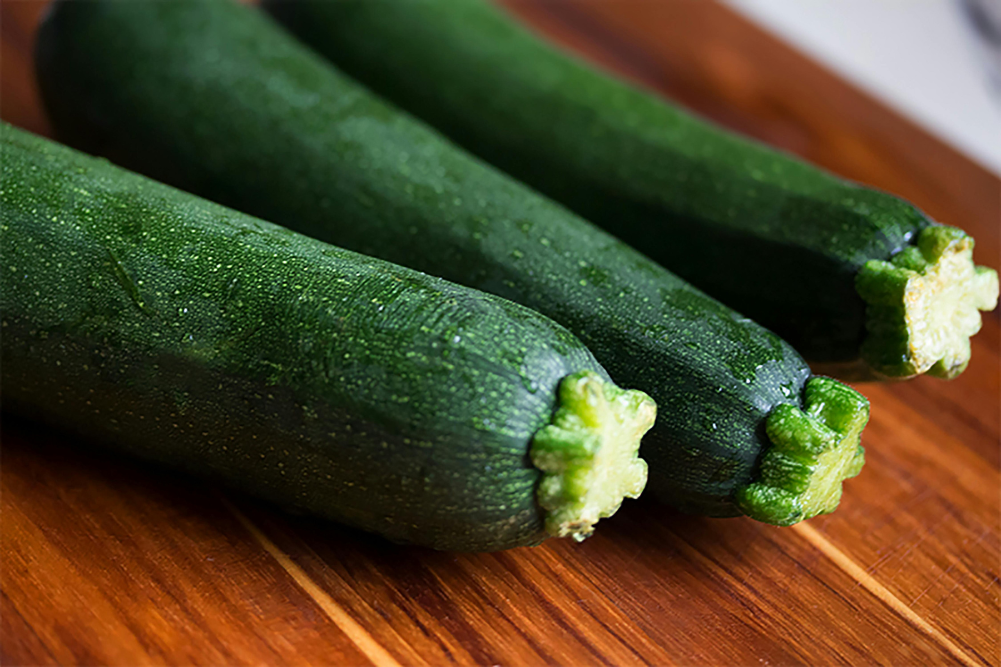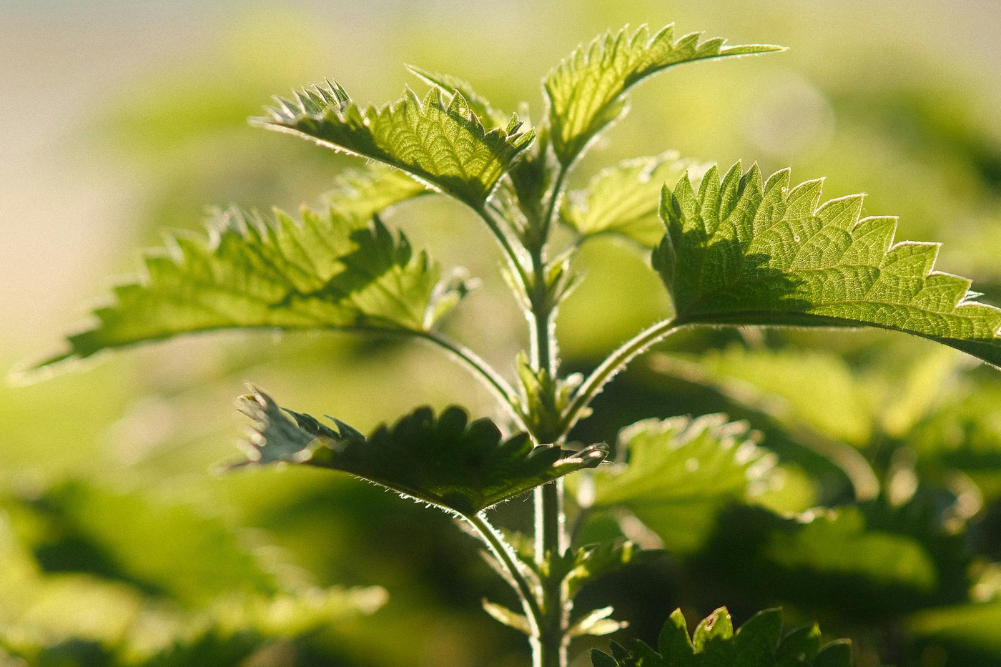14 homemade cleaning products
An American study has shown that women are still responsible for 70 per cent of the cleaning in their homes and are therefore at greater risk of developing fertility problems and breast cancer as well as birth defects in their offspring. Dr Anne Steinnemann, a professor of civil and environmental engineering, found that cleaners labelled “green” or “natural” could have just as many chemicals as conventional brands.
Off-the-shelf cleaners, disinfectants and detergents contain chemicals such as benzene, butane, ethanol, toluene, formaldehyde, limonene and methanol, which negatively affect indoor air quality. Their potent smell is due to volatile organic compounds (VOCs) that contribute to greenhouse gases. According to the Department of Sustainability, Environment, Water, Populations and Communities, Australians spend 90 per cent or more of their time indoors. The combination of VOCs in indoor environments, which often exceed outdoor due to poor ventilation and the large number of products polluting the ambient air, may elicit “sick building syndrome” in your family and in your pets. This is characterised by an excess of chronic respiratory, carcinogenic or allergic symptoms or a combination of all three.
These chemicals are not only harmful to the health in your home but they are also harmful to your pocket. Added to this is the concern that the whiz-bang spray bottle may not have an appropriate refill to purchase, which at least would save both financial and environmental costs. Clever marketing ensures that, each time you run out, you must buy a replacement “squirter” in its entirety. Obviously, this adds to landfill mass and build-up of PET (polyethylene terephthalate), a petrol-based polymer that, according to Clean Up Australia, may take up to 1000 years to break down. Pollution of land mass is not the only issue, as when plastic bottles find their way to the ocean, they clog habitat and are often mistaken for food by marine wildlife, endangering species.
Fortunately, recipes reminiscent of Grandma’s will help you replace all the hazardous products on your cleaning shelf. Australian author and clean-queen Shannon Lush drew on the old-fashioned in Spotless and Stainless, her cleaning encyclopaedias that use harmless chemical reactions to produce formulas to fight any household spots and stains. Her books even include recipes for making your own inexpensive cosmetics, dyes, insecticides and fertilisers. The three most essential ingredients are bicarb soda (sodium bicarbonate), white vinegar and lemon oil.
Bicarb is alkaline, which means it will neutralise any acid. It can penetrate stains and dissolve grease when it reacts with water. White vinegar is acidic and has sanitising power. It works well on fabrics and white marble. Lemon oil comes from peel and is a great furniture polisher, spider repellent and active stain remover. These components are easily obtainable and cost a fraction of the price of commercial cleaning fluids.
Reader’s Digest has also hopped aboard the nature train and published a range of homemade recipes that will leave your surfaces sparkling without destroying your indoor air quality. Below are some of the polishes, scourers and cleansers suggested for every nook and cranny. Interestingly, the recipes often involve powerful essential oils, known to have mood-altering and uplifting properties, which may help alleviate “tireless chore” syndrome.
Furniture polish
125g beeswax, grated
500mL raw linseed oil (for dark timber) or olive oil (for pale timber)
1 tsp lavender or rosemary essential oil
Melt the wax in a heat-resistant bowl over a saucepan of simmering water. Carefully add the oil and stir for 3 minutes. Remove from the heat and stir in essential oil. Transfer to a clean jar and allow to set. Using a soft cloth, rub sparingly into the timber, leave for half an hour to soak in and then polish off.
Brass cleaner
This cleaner is suitable for deeply tarnished or intricately etched brass items. Citric acid is available at supermarkets.
25g citric acid
3 litres hot water
Dissolve citric acid in hot water in a large pot or kitchen sink. Place brass in this solution and leave it to soak for 5 minutes. Scrub gently with a discarded toothbrush, then rinse and dry.
Metal polish
Will also clean brass but works on copper, bronze, pewter and stainless steel.
Plain flour
Salt
White vinegar
Combine equal parts flour and salt, add enough vinegar to make a stiff paste. Apply sparingly to metal items and leave to dry for 1–2 hours. Rinse off and polish with a soft cloth. Take care not to use too much polish as it may wear away details of raised designs.
Despite many natural ingredients, these replacement cleaners should be stored well out of reach. Statistics from the Children’s Hospital at Westmead in Sydney show that thousands of children will be poisoned each year by common household products, with one- to three-year-olds most at risk.
Help is at hand in the high-traffic areas of your home. Lush says, “The kitchen is where the dirty plates and cutlery return, and where scraps and rubbish are dealt with. Keep it clean because it’s never a good idea to poison the guests or the children.”
In the kitchen
Scouring paste
The simplest cleaner for all for sinks, oven doors, stovetops and stained mugs.
4 tbsp bicarb
1 tbsp water
Mix into a stiff paste and apply with a damp sponge. Buff with a dry cloth.
Bicarb cleaner
A general cleaner, this is safe for use anywhere in the home.
1 tsp bicarbonate of soda
1 tsp pure soap flakes
Squeeze of lemon or dash of white vinegar
1 cup warm water
Mix ingredients and shake until soap is dissolved. Spray and wipe with a sponge.
Soap and borax cleaner
This is so useful you may want to make it up in large quantities. It’s ideal for benchtops.
2 tsp borax
1 heaped tsp pure soap flakes
3 cups water
Mix ingredients together well. Spray and wipe with a damp sponge. Store in an airtight container.
The perception that strong-smelling products are the most effective is a fallacy. Dr Steinneman’s study also discovered that every scented product she tested emitted chemicals classified by governing bodies as toxic or hazardous. Odours can be reduced by improving ventilation, otherwise you are simply layering toxic smell upon toxic smell.
In the bathroom
Vinegar cleaner
All-purpose and long-lasting, this removes grease and dirt. Ideal for stainless-steel sinks, tiled and timber surfaces and plastic finishes such as fridge shelves and phones.
2 cups white vinegar
1 cup water
25 drops eucalyptus oil
Combine all the ingredients in a spray bottle. Shake well before use, spray onto a soft damp cloth and rub. No need to rinse.
Lavender disinfectant
Keeps bathroom surfaces safe and smelling sweet. It also makes a pleasant spray when ironing bed linen and acts as a natural insect repellent.
25 drops lavender essential oil
2 tbsp methylated spirits or vodka
500mL distilled water
Add the oil to the alcohol in a clean, dry bottle and leave to dissolve for 24 hours. Add water and decant into a spray bottle. Shake thoroughly before use.
Lemon cream cleanser
This slightly abrasive cleaner is good for baths, basins, benches and stovetops.
Squirt of phosphate-free liquid detergent
½ cup bicarbonate of soda
1 tsp vegetable glycerine
Lemon essential oil
Stir enough detergent into the bicarb to make a soft paste. Add glycerine and several drops of oil. Apply with a damp sponge, then rinse.
Floor cleaners
“If you’re not spilling stuff on your floors or walls, then you’re not living,” adds Lush. This recommended floor cleaner is not for timber floors and contains washing soda, which can be damaging on the skin, so wear protective gloves.
1 tbsp liquid soap
¼ cup white vinegar
¼ cup washing soda
3 litres hot water
Mix all the ingredients in a bucket. Mop floors, rinse with clean water.
Carpet stain foam
Use as a foam cleaner for carpets and upholstery.
2 cups pure soap flakes
½ cup methylated spirits
25mL eucalyptus oil
Shake ingredients in a large jar. Add a little hot water if the mixture is too hard to combine but leave it quite thick. Store in a sealed jar.
Mix 2–3 tablespoons of mixture into 1 litre of very hot water and whisk until suds form. Rub just the foam over the stain and leave for 10 minutes. Wipe away with a damp sponge dipped in white vinegar (this will neutralise the alkalinity left by the foam). Blot with a clean pad.
For tough stains, add ¼ cup washing soda to the hot water with the foam mix and whisk until the soda crystals have dissolved.
Women’s Voices for the Earth, an organisation concerned with lowering women’s exposure to toxins, has identified three nasties in the cleaning products under your sink. They are synthetic musk, which disrupt hormones and break down the body’s natural defences; phthalates, additives linked to reproductive problems; and allergens that can cause a variety of reactions. Clothes washing can be greened without relying on these substances.
In the laundry
Washing powder
½ cup washing soda
1 cup finely grated pure soap
½ cup salt
½ cup borax
½ cup bicarbonate of soda
Put the washing soda crystals in a clean plastic bag and crush them finely with a rolling pin. Mix the crushed washing soda with the rest of the ingredients and store in an airtight box or jar.
Use 1 tablespoon for a small load, 1½ for a medium load and 2 for a large load.
Dissolve in a jug of hot water before adding to a top-loading machine. For a front-loader, dissolve powder in a small amount of hot water and add to the dispenser.
If using for hand washing, be sure to wear rubber gloves as protection.
Wool wash
This recipe has been used to wash wool for generations. It’s ideal for blankets, quilts and pillows. Eucalyptus oil is a known moth-repellent.
2 cups soap flakes
½ cup methylated spirits
25ml eucalyptus oil
Place the ingredients in a jar and shake until combined. Use 2 tablespoons of wool wash per litre of warm water, then rinse.
Shannon Lush proposes an alternative domestic window-cleaner and suggests exterior wiping should always be vertical, in line with rainfall. Done in this manner, windows won’t appear streaky. In her book Stainless, she deals with the following scenario:
Bruce has windows that haven’t been cleaned for years and he also lives close to the coast and thinks they may be affected by salty air. She suggests Bruce should:
Combine 1 cup methylated spirits with 4.5 litres warm water in a bucket.
Apply the mixture with a rolled-up pair of pantyhose.
Clean the outside vertically and the inside horizontally.
Polish with paper towels, NOT newspaper.
It sounds so simple but if you are lacking the time and energy to create your own cleaning materials, Lush markets an essential cleaning kit that contains natural products. She says, “Undiluted, they are often hundreds of times stronger than the pre-mixed chemicals you buy in commercial products. For instance, instead of commercial mould cleaners I use oil of cloves.” One-quarter of a teaspoon of clove oil mixed into a litre of water is enough to kill mould spores in the home over a period of two years.
Consumers should beware greenwashing claims by “organic” alternatives. Healthier household products with eco-credentials are highlighted by the database Ecospecifier Australia, which covers more than 6000 eco-products, eco-materials, technologies and resources. Green product information has been expertly researched and certified, alleviating consumer health concerns. If all else fails, Lush adds, “Water and sunshine are the most underutilised cleaning combination.”








